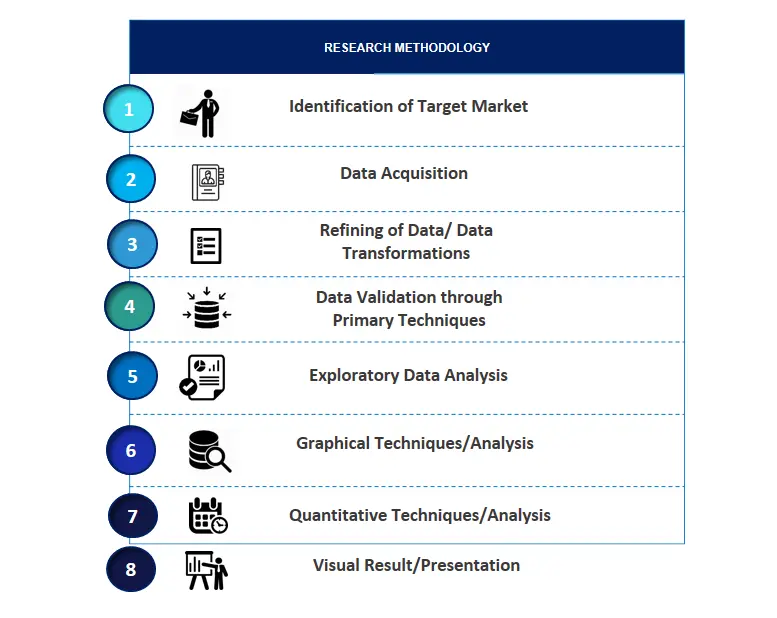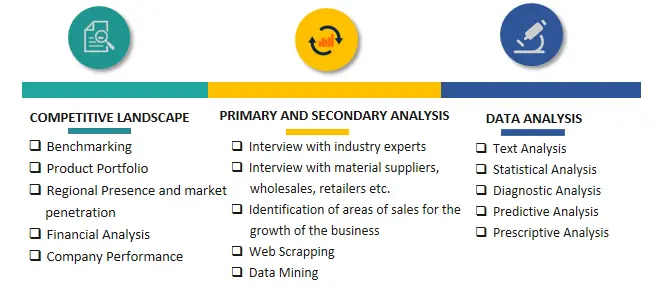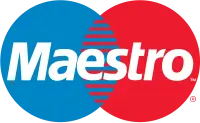
Point of Care Diagnostics Market Size, Growth, Trends, Revenue, Demand and Future Outlook
Point of Care Diagnostics Market Size- By Product, By platform, By Sample, By Purchase, By End Use - Regional Outlook, Competitive Strategies and Segment Forecast to 2034
| Published: Jan-2025 | Report ID: HLCA2502 | Pages: 1 - 260 | Formats*: |
| Category : Healthcare | |||

- Eli Lilly and F. Hoffman-La Roche Ltd. formed a strategic alliance in March 2023 to develop the latter's Elecsys Amyloid Plasma Panel (EAPP). Since this panel has the ability to expedite patients' journeys from diagnosis to treatment and treatment management, this partnership would be advantageous to both businesses and would address a significant unmet medical need.
- QIAGEN obtained CE certification for its IVD kit and automated testing platform, NeuMoDx, in October 2023. The company's revenue and market share were positively benefited by this program.

| Report Metric | Details |
| Market size available for years | 2021-2034 |
| Base year considered | 2024 |
| Forecast period | 2025-2034 |
| Segments covered | By Product, By platform, By Sample, By purchase, By End Use. |
| Regions covered | North America, Asia-Pacific, Latin America, Middle East & Africa and Europe. |
| Companies Covered | Abbott, AccuBioTech Co., Ltd, ALPHA LABORATORIES, Anbio Biotechnology Co., Ltd., Becton Dickinson (BD), bioMerieux, Danaher Corporation, EKF Diagnostics Holdings plc., F. Hoffmann-La Roche Ltd., Nova Biomedical, Orasure Technologies, Inc., Siemens Healthcare GmbH, Spectral Medical, Inc., and others. |
- Global Point of Care Diagnostics Market Size (FY’2021-FY’2034)
- Overview of Global Point of Care Diagnostics Market
- Segmentation of Global Point of Care Diagnostics Market By Product (Glucose, HIV, Hep C, HPV, Hematology, Pregnancy)
- Segmentation of Global Point of Care Diagnostics Market By Platform (Microfluidic, Dipstick, RT-PCR, INAAT)
- Segmentation of Global Point of Care Diagnostics Market By Sample (Blood, Urine)
- Segmentation of Global Point of Care Diagnostics Market By Purchase (OTC, Rx)
- Segmentation of Global Point of Care Diagnostics Market By End User (Pharmacy, Hospitals, Home Care)
- Statistical Snap of Global Point of Care Diagnostics Market
- Expansion Analysis of Global Point of Care Diagnostics Market
- Problems and Obstacles in Global Point of Care Diagnostics Market
- Competitive Landscape in the Global Point of Care Diagnostics Market
- Details on Current Investment in Global Point of Care Diagnostics Market
- Competitive Analysis of Global Point of Care Diagnostics Market
- Prominent Players in the Global Point of Care Diagnostics Market
- SWOT Analysis of Global Point of Care Diagnostics Market
- Global Point of Care Diagnostics Market Future Outlook and Projections (FY’2025-FY’2034)
- Recommendations from Analyst
1.1. Scope of the report1.2. Market segment analysis
2.1. Research data source
2.1.1. Secondary Data2.1.2. Primary Data2.1.3. SPERs internal database2.1.4. Premium insight from KOLs
2.2. Market size estimation
2.2.1. Top-down and Bottom-up approach
2.3. Data triangulation
4.1. Driver, Restraint, Opportunity and Challenges analysis
4.1.1. Drivers4.1.2. Restraints4.1.3. Opportunities4.1.4. Challenges
5.1. SWOT Analysis
5.1.1. Strengths5.1.2. Weaknesses5.1.3. Opportunities5.1.4. Threats
5.2. PESTEL Analysis
5.2.1. Political Landscape5.2.2. Economic Landscape5.2.3. Social Landscape5.2.4. Technological Landscape5.2.5. Environmental Landscape5.2.6. Legal Landscape
5.3. PORTERs Five Forces
5.3.1. Bargaining power of suppliers5.3.2. Bargaining power of buyers5.3.3. Threat of Substitute5.3.4. Threat of new entrant5.3.5. Competitive rivalry
5.4. Heat Map Analysis
6.1. Global Point of Care Diagnostics Market Manufacturing Base Distribution, Sales Area, Product Type6.2. Mergers & Acquisitions, Partnerships, Product Launch, and Collaboration in Global Point of Care Diagnostics Market
7.1. Glucose7.2. HIV7.3. Hep C7.4. HPV7.5. Hematology7.6. Pregnancy
8.1. Microfluidic8.2. Dipstick8.3. RT-PCR8.4. INAAT
9.1. Blood9.2. Urine
10.1. OTC10.2. Rx
11.1. Pharmacy11.2. Hospitals11.3. Home Care
12.1. Global Point of Care Diagnostics Market Size and Market Share
13.1. Asia-Pacific
13.1.1. Australia13.1.2. China13.1.3. India13.1.4. Japan13.1.5. South Korea13.1.6. Rest of Asia-Pacific
13.2. Europe
13.2.1. France13.2.2. Germany13.2.3. Italy13.2.4. Spain13.2.5. United Kingdom13.2.6. Rest of Europe
13.3. Middle East and Africa
13.3.1. Kingdom of Saudi Arabia13.3.2. United Arab Emirates13.3.3. Qatar13.3.4. South Africa13.3.5. Egypt13.3.6. Morocco13.3.7. Nigeria13.3.8. Rest of Middle-East and Africa
13.4. North America
13.4.1. Canada13.4.2. Mexico13.4.3. United States
13.5. Latin America
13.5.1. Argentina13.5.2. Brazil13.5.3. Rest of Latin America
14.1. Abbott
14.1.1. Company details14.1.2. Financial outlook14.1.3. Product summary14.1.4. Recent developments
14.2. AccuBioTech Co., Ltd
14.2.1. Company details14.2.2. Financial outlook14.2.3. Product summary14.2.4. Recent developments
14.3. ALPHA LABORATORIES
14.3.1. Company details14.3.2. Financial outlook14.3.3. Product summary14.3.4. Recent developments
14.4. Anbio Biotechnology Co., Ltd.
14.4.1. Company details14.4.2. Financial outlook14.4.3. Product summary14.4.4. Recent developments
14.5. Becton Dickinson (BD)
14.5.1. Company details14.5.2. Financial outlook14.5.3. Product summary14.5.4. Recent developments
14.6. bioMérieux
14.6.1. Company details14.6.2. Financial outlook14.6.3. Product summary14.6.4. Recent developments
14.7. Danaher Corporation
14.7.1. Company details14.7.2. Financial outlook14.7.3. Product summary14.7.4. Recent developments
14.8. EKF Diagnostics Holdings plc.
14.8.1. Company details14.8.2. Financial outlook14.8.3. Product summary14.8.4. Recent developments
14.9. F. Hoffmann-La Roche Ltd.
14.9.1. Company details14.9.2. Financial outlook14.9.3. Product summary14.9.4. Recent developments
14.10. Nova Biomedical
14.10.1. Company details14.10.2. Financial outlook14.10.3. Product summary14.10.4. Recent developments
14.11. Orasure Technologies, Inc.
14.11.1. Company details14.11.2. Financial outlook14.11.3. Product summary14.11.4. Recent developments
14.12. Siemens Healthcare GmbH
14.12.1. Company details14.12.2. Financial outlook14.12.3. Product summary14.12.4. Recent developments
14.13. Spectral Medical, Inc.
14.13.1. Company details14.13.2. Financial outlook14.13.3. Product summary14.13.4. Recent developments
14.14. Others
SPER Market Research’s methodology uses great emphasis on primary research to ensure that the market intelligence insights are up to date, reliable and accurate. Primary interviews are done with players involved in each phase of a supply chain to analyze the market forecasting. The secondary research method is used to help you fully understand how the future markets and the spending patterns look likes.
The report is based on in-depth qualitative and quantitative analysis of the Product Market. The quantitative analysis involves the application of various projection and sampling techniques. The qualitative analysis involves primary interviews, surveys, and vendor briefings. The data gathered as a result of these processes are validated through experts opinion. Our research methodology entails an ideal mixture of primary and secondary initiatives.



Frequently Asked Questions About This Report
PLACE AN ORDER
Year End Discount
Sample Report
Pre-Purchase Inquiry
NEED CUSTOMIZATION?
Request CustomizationCALL OR EMAIL US
100% Secure Payment






Related Reports
Our Global Clients
Our data-driven insights have influenced the strategy of 200+ reputed companies across the globe.




















